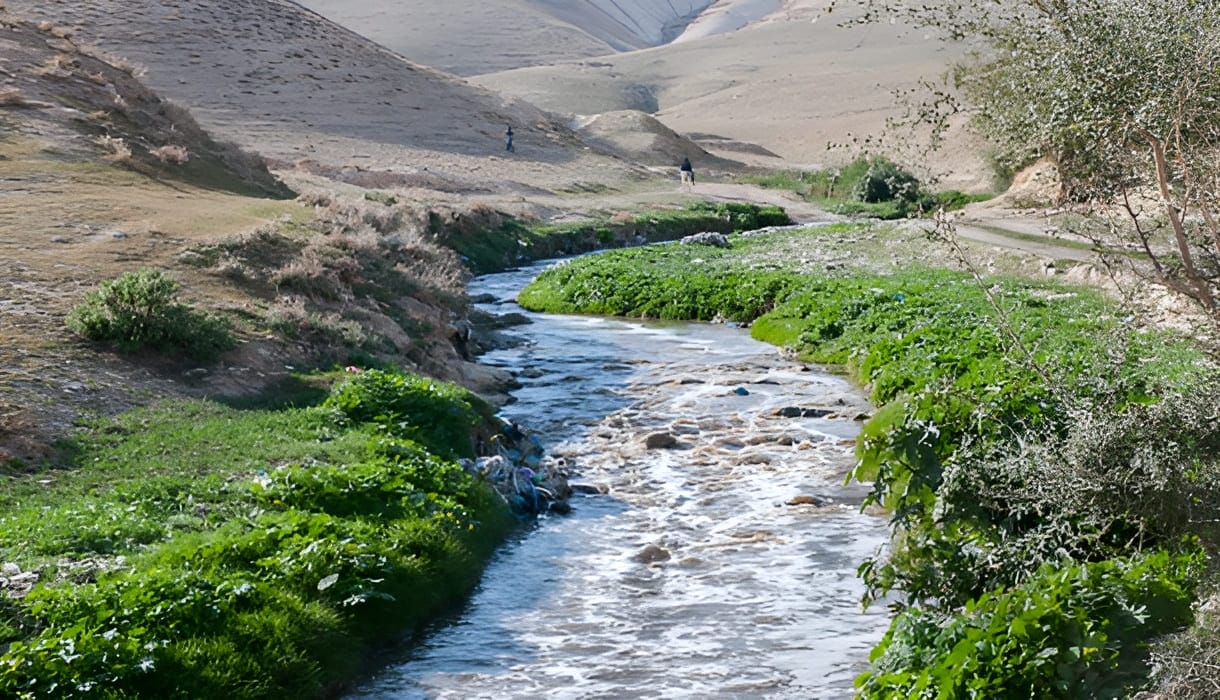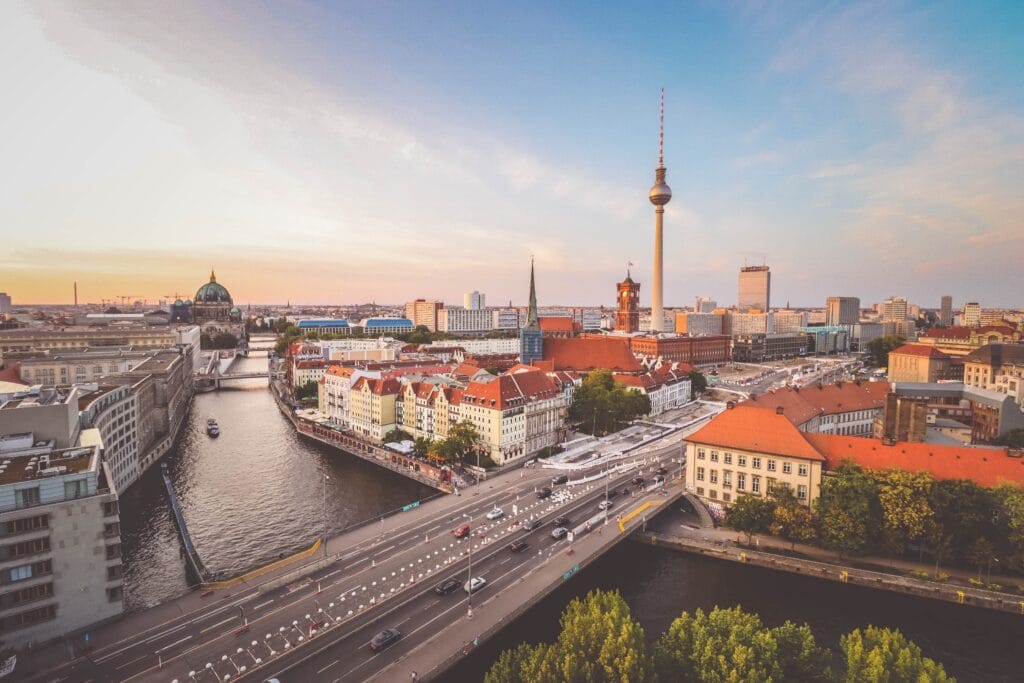In 2018, a staggering 141 million people across the world required humanitarian assistance. With the need for aid far outstripping available resources, it is no surprise that many humanitarian workers focus their time and attention on their most immediate task: providing life-saving help to people left destitute or disabled by war and natural disasters.
But the humanitarian world is also littered with stories of well-meaning interventions that have had serious unintended consequences. Refugee camps located on contaminated industrial sites or far away from available water; huge amounts of plastic waste left in areas ill-equipped to deal with it; poor sanitation in refugee camps spreading infectious diseases like cholera; or serious deforestation around refugee camps as people trek farther and farther away to get firewood for cooking, and exposing women and children collecting firewood to the risk of rape and attack.
These are not the regrettable but inevitable side effects of delivering aid. Instead, they are critical failures that endanger the very people the interventions were designed to help and that weaken the compassion of the local communities that are hosting displaced people and refugees.

For years humanitarian organizations have made
pronouncements on the importance of respecting the environment in which they
work. However, the reality has often belied the rhetoric. Being an
environmental officer in a humanitarian organization is often a lonely position
– with tiny, underfunded teams eternally on the budget chopping block, told to
do more with less, and frequently seen by colleagues as unnecessary
distractions from the main business of providing life-saving assistance.
In part this is an unfortunate result of the use of the word
‘environment’ which, to many, implies birds, butterflies and biodiversity. In
other words, ‘nice to have’ things that can wait until after the crisis is
over, the humanitarians have packed up their helicopters and the development
professionals have moved in.
But in reality, ‘environment’ in a humanitarian context is about camp management, livelihoods, energy use – in other words, life-saving, mission-critical interventions. Ultimately humanitarians and environmentalists share the same goal – a world in which we all can all live. However, their timelines, languages and ways of operating are different – so much so, that they often fail to communicate with and learn from each other. Environmentalists need to do a better job about insisting that humanitarians take on environmental issues, but they also need to be better at framing environmental challenges in ways that make sense to the humanitarian community. They also need to offer ideas for tangible, pragmatic things that humanitarians can do.
Encouragingly, this seems to be slowly changing. I’ve been going to the Humanitarian Networks and Partnership Week (HNPW) for the past five or so years. This yearly meeting of the humanitarian community is held in Geneva and organized by the UN’s Office for the Coordination of Humanitarian Assistance (OCHA). Several thousand humanitarian types share the latest news on their work and challenges. Every year there’s more interest in environmental issues – and this year, the sessions on the environment and climate change were standing room only.
That this shift is underway is thanks to the efforts of some dedicated people and some really innovative initiatives. The Joint Environment Unit of OCHA and UN Environment has been going for 25 years now and has often ploughed a lonely furrow to try to ‘green’ the humanitarian world. It has given UN Environment a voice in the humanitarian community and the humanitarian community access to a wealth of environmental knowledge. Much of this is to be found in their Environmental Emergencies Centre and their new initiative to collate all sorts of useful information around greening humanitarian action – which is called EHA Connect. Another is the Moving Energy Initiative, which is encouraging humanitarian camps to move away from expensive and dirty diesel generators and towards decentralised, off-grid renewable energy solutions.
There’s much to be done indeed, but these initiatives are the sort of things that should be celebrated and supported.


